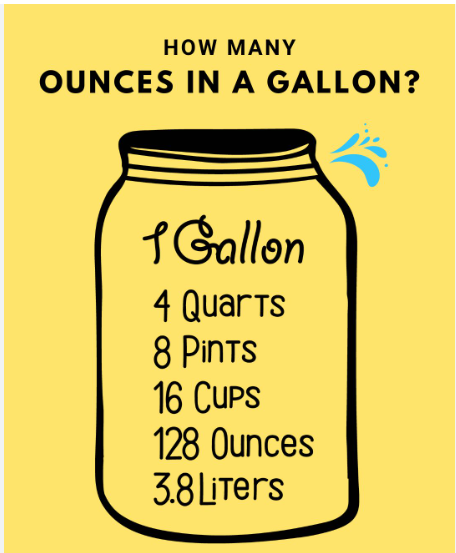Different substances have varying densities, meaning a direct conversion is not always straightforward. Unlike converting between units of the same type such as grams to kilograms, changing between weight grams and volume gallons depends on the density of the material in question. A seamless conversion process ensures consistency, accuracy, and efficiency, eliminating guesswork and errors. Whether in cooking, chemical processing, fuel measurement, or laboratory experiments, knowing the exact weight of a liquid or solid based on its volume ensures consistency and accuracy. Since different substances have varying densities, a gallon of one material does not weigh the same as a gallon of another. For example, a gallon of water weighs approximately 3,785 grams or 8.34 pounds, while a gallon of honey is much heavier due to its higher density. This conversion is crucial when dealing with substances where even slight variations in weight can significantly impact results.
Tools and Techniques for Accurate Conversion
To ensure precision, various tools can assist in grams-to-gallons conversion:
- Digital Scales and Density Charts: Weighing the substance accurately and referring to a reliable density chart help streamline the process.
- Online Conversion Calculators: Many websites and apps allow users to input grams and the substance’s density to receive an instant gallon equivalent.
Common Applications of Grams to Gallons Conversion

Cooking and Baking: Precision in ingredient measurement affects taste and texture. Many professional chefs use exact conversions for consistency in recipes.
Chemical Mixing: In industries like pharmaceuticals or cleaning product manufacturing, accuracy is essential to maintain safe and effective formulations.
Paints and Coatings: When mixing large batches, understanding weight-to-volume conversions ensures the right consistency and application.
Agriculture and Farming: Liquid fertilizers and pesticides require precise measurement to avoid under- or over-application.
Why Use a Gallons to Grams Converter?
Eliminates Guesswork – Manually converting gallons to grams can be complicated, especially when dealing with liquids of different densities. A converter ensures accurate results.
Saves Time – Instead of referring to density charts and using formulas, an automatic converter simplifies the process.
Improves Accuracy in Recipes – In cooking and baking, precise measurements matter. Using a gallons-to-grams converter ensures correct ingredient proportions.
Essential for Industrial Use – Many industries, such as pharmaceuticals and manufacturing, require precise measurements for formulations and production processes.
When selecting a gallons-to-grams converter, look for:
Density Adjustment Feature – The best converters allow you to input the specific substance to get accurate results.
User-Friendly Interface – A simple and easy-to-use tool saves time.
High Precision – Ensure the converter provides results with decimal accuracy to avoid errors in measurements.
A seamless grams-to-gallons conversion process ensures precision in various industries and everyday applications. By understanding density, using appropriate tools, and applying accurate formulas, you can achieve consistent and reliable results every time. Whether you are a chef, chemist, or manufacturer, mastering this conversion method enhances efficiency and accuracy in your work.


